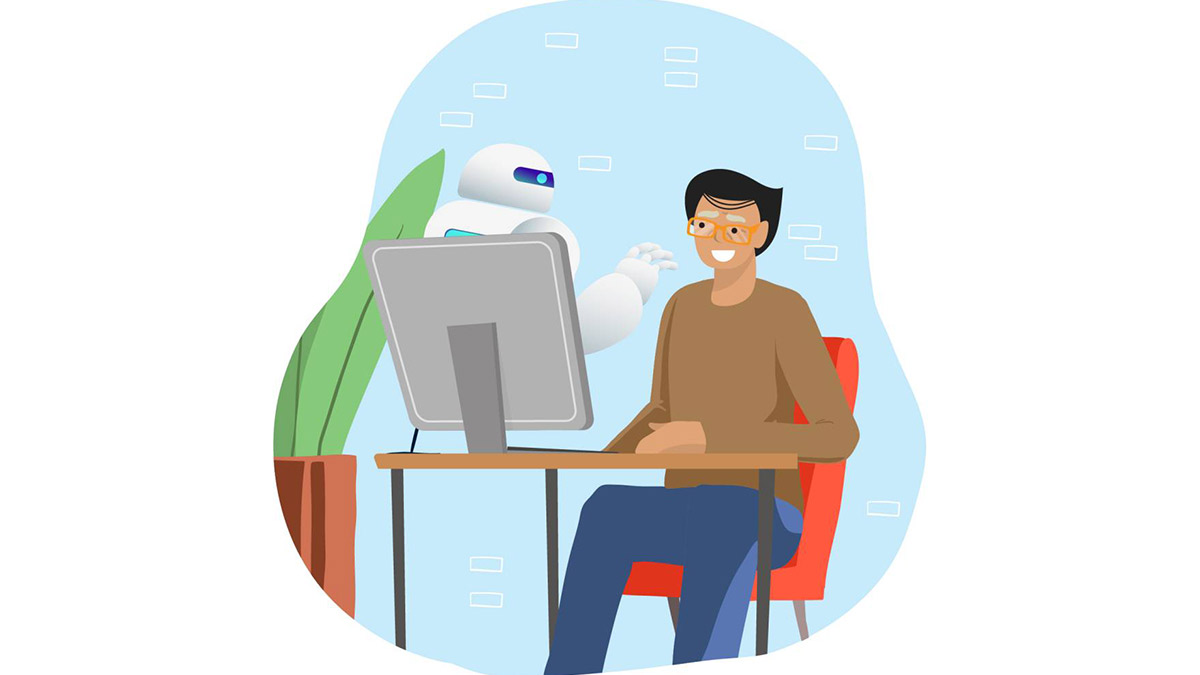ILLUSTRATION BY RUTH MACAPAGAL
We always tell our clients: Trends and your customers are the two things you should constantly obsess about.
Why? In today’s fast-paced business landscape, staying ahead of the curve is not just an option; it’s a necessity. The ability to anticipate market trends can make or break a company’s success.
Corporate history is full of former giants that became famous failures because they neglected trends and lost big. Nokia and Blackberry missed the smartphone trend, Sony missed the iPod trend, Blockbuster missed digital streaming and did not take Netflix seriously, Kodak missed digital photography, the list goes on and on.
AI and trends
How can you accurately predict the future when it seems so unpredictable? Enter artificial intelligence (AI), the game-changer that is revolutionizing how businesses forecast market trends and develop new products and services.
AI is a powerful tool that can provide invaluable insights into consumer behavior, industry shifts, and emerging trends. Gone are the days of relying solely on historical data and gut feelings to make business decisions. With AI, you can harness the power of big data to uncover patterns and correlations that were previously hidden from view.
3 steps to prep your business for the AI revolution
• Data Collection Strategy Determine what data sources are relevant to your objectives. This may include sales data, customer feedback, social media conversations, industry reports, economic indicators and competitor data. Develop a data collection strategy to gather both internal and external data in a structured format that can be easily analyzed by AI algorithms.
A lot of companies have data, but they do not have the data adequately prepared, collected, and do not know what to do with it. We have just completed an entire data analytics framework, system architecture and strategy for one of our clients that had tons of data but it was too fragmented.
Now the CEO who is also the owner has the right tools available to make the best strategic decisions—based on data and AI insights.
• Data Collection and Analysis The first step in forecasting market trends is gathering relevant data. AI algorithms can sift through vast amounts of structured and unstructured data from a variety of sources, including social media, customer reviews, industry reports and economic indicators.
By analyzing this data in real-time, AI can identify patterns, detect anomalies and highlight emerging trends that may impact your business.
• Data Preprocessing Before feeding the data into AI models, it’s essential to preprocess and clean the data to ensure accuracy and reliability. This involves removing duplicates, handling missing values, standardizing data formats and addressing outliers.
By ensuring data quality, you can enhance the performance of your AI models and generate more accurate forecasts. Most companies—we see this with our clients daily— miss the critical step of properly preparing the data. If the data is not “clean,” AI cannot do much.
Think about setting the table for a wonderful meal and all you have available are dirty dishes—no bueno. This is how most companies handle their data. Then they wonder why AI cannot help much.
8 steps to make AI beat your competition
• Step 1: Select AI Tools and Platforms Choose AI tools and platforms that align with your business needs and technical capabilities. There are various AI technologies available, including machine learning, natural language processing and predictive analytics. Consider factors such as ease of use, scalability, integration with existing systems, and cost when selecting AI solutions.
• Step 2: Model Development and Training Work with data scientists or AI experts to develop predictive models tailored to your specific use case. Train the models using historical data to identify patterns and relationships between different variables.
Continuously refine and optimize the models based on feedback and new data to improve their accuracy and predictive power. Validate and test the model.
• Step 3: Integration with Business Processes Integrate AI-driven insights into your existing business processes and decision-making workflows. Develop dashboards, reports and visualizations to communicate the forecasted trends and recommendations to key stakeholders effectively. Ensure that decision-makers have access to timely and actionable insights to inform strategic planning and resource allocation.
• Step 4: Cross-Functional Collaboration Foster collaboration between different departments within your organization, including marketing, sales, R&D and operations. Break down silos and encourage knowledge sharing and cross-functional teamwork to leverage AI-driven insights across the entire value chain. By aligning everyone around a common vision and set of objectives, you can maximize the impact of AI on business performance.
• Step 5: Predictive Modeling Once the data has been collected and analyzed, AI can create predictive models that forecast future market trends with a high degree of accuracy. These models take into account historical data, current market conditions and external factors to generate forecasts for sales, demand and consumer preferences.
By leveraging predictive analytics, you can anticipate shifts in the market and proactively adjust your business strategies accordingly.
• Step 6: Customer Insights Understanding your customers is key to developing successful products and services. AI can analyze customer data to uncover insights into their preferences, behaviors, and needs. By segmenting your customer base and identifying key personas, you can tailor your offerings to meet their specific needs and preferences.
Whether it’s personalized recommendations, targeted marketing campaigns, or product customization, AI can help you deliver a superior customer experience that drives loyalty and satisfaction.
• Step 7: Competitive Intelligence In today’s competitive marketplace, staying ahead of the competition is essential. AI can monitor your competitors’ activities, analyze market trends, and identify potential threats and opportunities. By keeping a pulse on the market, you can anticipate competitive moves, differentiate your offerings, and capitalize on emerging trends before your competitors do.
• Step 8: Innovation and Product Development Armed with AI-driven insights, you can innovate faster and develop new products and services that resonate with your target audience. By understanding market trends and consumer preferences, you can identify unmet needs, uncover untapped markets and create innovative solutions that address emerging challenges. Whether it’s developing cutting-edge technologies, launching new product lines, or entering new markets, AI can guide your innovation efforts and drive sustainable growth. INQ
Tom Oliver, a “global management guru” (Bloomberg), is the chair of The Tom Oliver Group, the trusted advisor and counselor to many of the world’s most influential family businesses, medium-sized enterprises, market leaders and global conglomerates. For more information and inquiries: www.TomOliverGroup.com or email [email protected].




